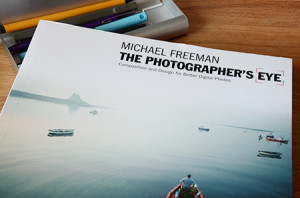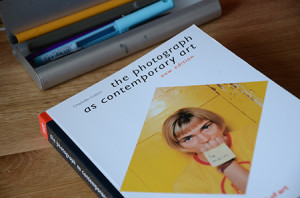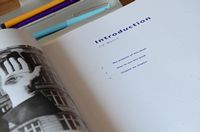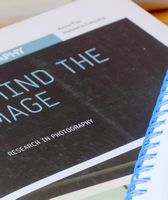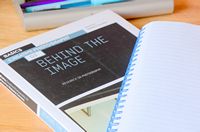Gestalt and the organization of visual perception
There is much to learn from Michael Freeman’s ‘The Photographer’s Eye’ but two things particularly stand out for me so far – Gestalt and Figure/Ground. Now I think about it they probably shouldn’t be a surprise, but these are approaches I use in my consultancy work with organisations and hadn’t really thought about in relation to visual perception.
When I read about it of course it makes perfect sense, and it was fascinating to make the new connection, even if I kick myself for not having thought about it before. One of the things that has always appealed to me about Gestalt is that notion of ‘seeing’ the whole, the need we have as human beings to complete the whole.
Modern Gestalt theory takes a holistic approach to perception, on the basic principle that the whole is greater than the sum of its parts, and that in viewing an entire scene or image, the mind takes a sudden leap from recognizing the individual elements to understanding the scene in its entirety.
Gestalt theory gives us a number of laws of perceptual organization that are important in considering how images might be composed and what is happening perceptually for the viewer:
- Law of proximity: visual elements are grouped in the mind according to how close they are to each other
- Law of similarity: elements that are similar in some way, by form or content, tend to be grouped together
- Law of closure: elements roughly arranged together are seen to complete an outline shape – the mind seeks completeness
- Law of simplicity: the mind tends towards visual explanations that are simple; simple lines, curves and shapes are preferred, as is symmetry and balance
- Law of common fate: grouped elements are assumed to move together and behave the same
- Law of good continuation: the mind tends to continue shapes and lines beyond their ending points
- Law of segregation: in order for a figure to be perceived, it must stand out from its background. Figure-ground images exploit the uncertainty of deciding which is the figure and which is the background, for creative interest
(from Freeman, 2007: 39)
Some graphics examples of these laws at work can be seen at graphicdesign.spokenfalls.edu – I particularly like the WWF Panda logo as an example of how the law of closure works.
Normally, in presenting information, making the viewer’s mind work harder is not considered a good thing, but in photography and other arts it becomes part of the reward for viewing.
Freeman, 2007: 38
